Imagine waking up one morning to a world stripped of color and song. The forests are eerily silent, the air heavy with loss. This isn’t a scene from a dystopian novel—it’s the looming reality for our planet’s tropical forests and their most charismatic residents: parrots. As we mark World Parrot Day, it’s impossible to ignore the urgent crisis unraveling in these lush, vibrant habitats. Parrots, with their riotous feathers and astonishing intelligence, have become unlikely messengers of a much bigger story—a story of vanishing forests, fractured ecosystems, and humanity’s race against time. Their fate is tightly woven into the health of tropical forests, and their struggle is a warning cry that should echo in the heart of everyone who cares about nature’s wonders.
The Dazzling Diversity of Parrots
Parrots are some of the most recognizable and beloved birds on Earth, boasting over 400 species spread across the globe. Their wild colors—emerald, scarlet, cobalt, and gold—seem almost otherworldly, as if painted by an artist with no limits. From the elaborate crests of cockatoos in Australia to the electric-green amazons of South America, parrots light up the forests they call home. But this dazzling diversity goes beyond appearances. Parrots have evolved an incredible range of behaviors, vocalizations, and diets, making them true champions of adaptation. Their strong, curved beaks and zygodactyl feet (two toes forward, two back) are specialized tools for climbing, cracking nuts, and manipulating objects—skills that have helped them thrive in complex forest environments.
Tropical Forests: A Vanishing Paradise
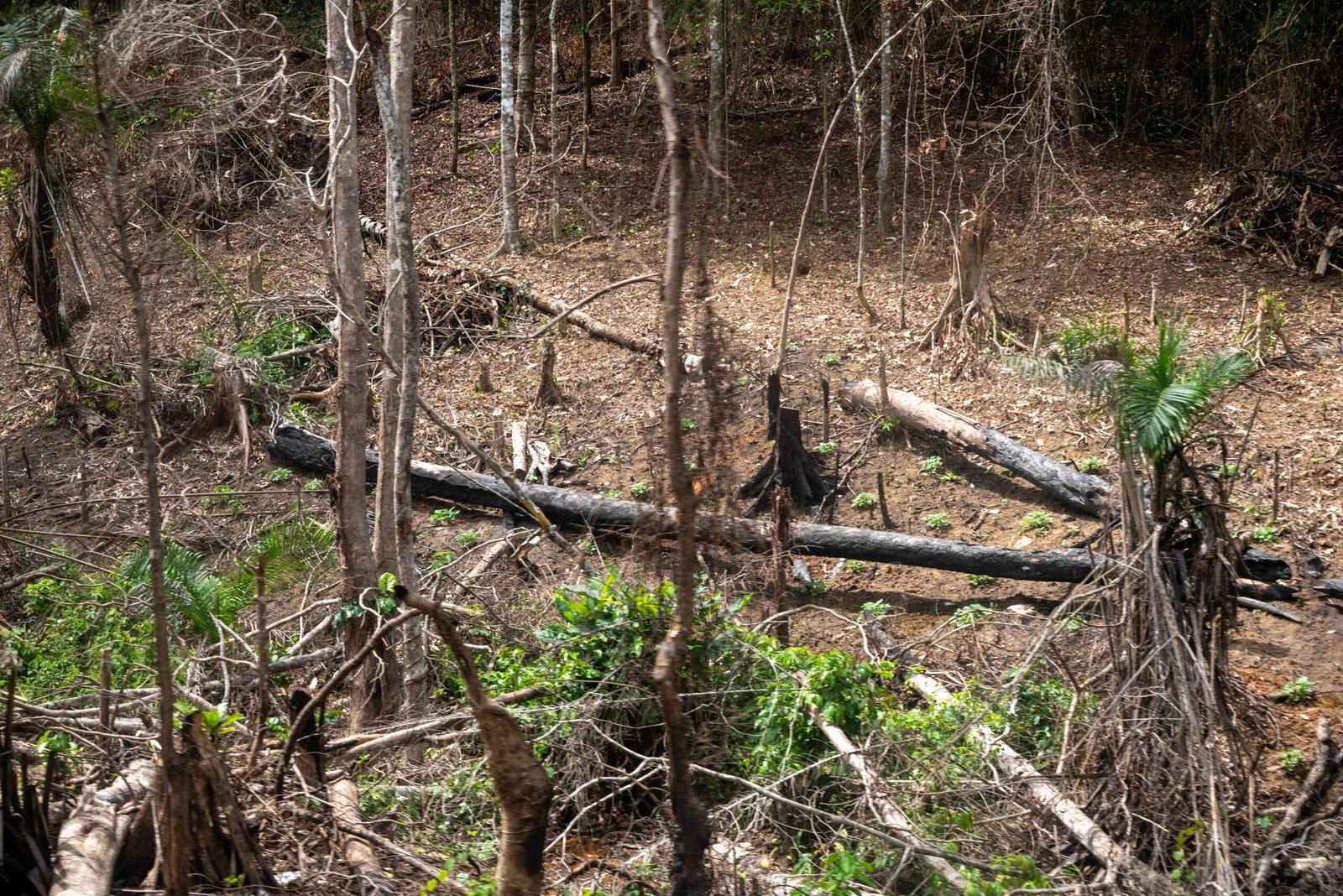
Tropical forests are the beating heart of our planet, teeming with life and mystery. These lush landscapes are found in regions like the Amazon, Congo Basin, and Southeast Asia, covering just 7% of Earth’s land but housing over half of its species. They’re like nature’s own crowded city, where every inch bursts with plants, animals, and fungi in a delicate dance. Yet, these forests are vanishing at an alarming rate. Bulldozers, chainsaws, and fire are stripping away millions of hectares every year, often to make way for agriculture, mining, or urban sprawl. As the trees fall, so do the hopes of countless species—parrots included—that rely on these environments for shelter, food, and survival.
Why Parrots Need Forests
Parrots are true forest dwellers. Their lives revolve around the leafy canopies and tangled vines of tropical woodlands. Here, they find everything they need: safe nesting cavities in ancient trees, a buffet of fruits, seeds, and flowers, and the space to socialize in noisy flocks. Without these forests, parrots lose not just their homes but their entire way of life. Some species, like the hyacinth macaw, depend on very specific tree species for nesting—if those trees disappear, the parrots simply have nowhere to raise their young. The relationship is symbiotic: as parrots eat fruit and nuts, they spread seeds throughout the forest, playing a vital role in regeneration and ecosystem health.
The Shadow of Habitat Loss
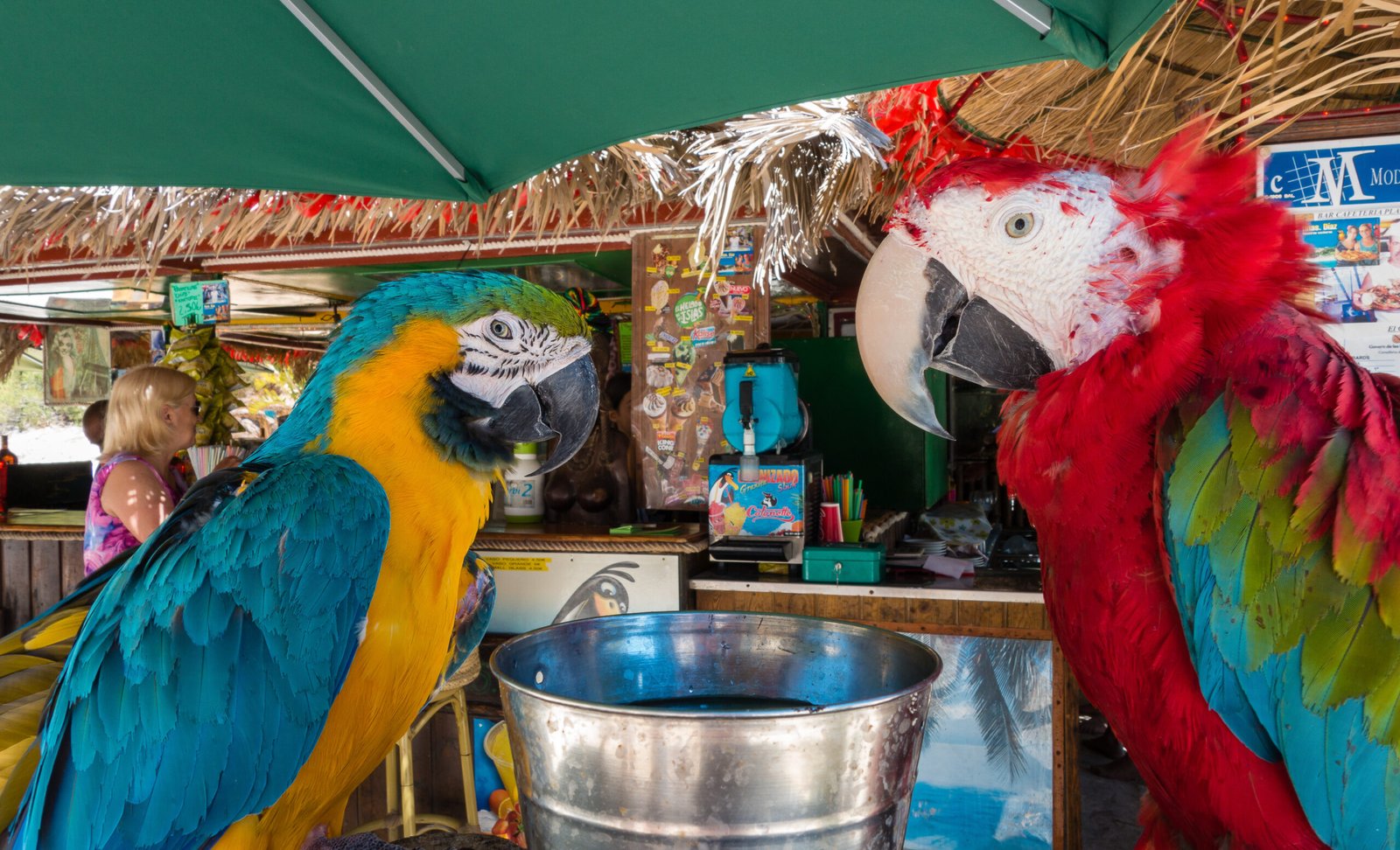
It’s shocking to realize that habitat loss is the single greatest threat to parrots worldwide. Logging, agriculture, and infrastructure development are carving up forests into isolated fragments, leaving parrot populations stranded and vulnerable. Imagine living on a shrinking island, cut off from friends and family, with less food every year—that’s the harsh reality for many parrots today. Smaller forest patches mean fewer nesting sites, less food, and more competition, often leading to population declines or even local extinctions. For parrots, the loss of just one key habitat can spell disaster for an entire species.
Illegal Wildlife Trade: A Silent Killer

While habitat destruction is devastating, the illegal wildlife trade adds another layer of peril for parrots. Many species are prized for their striking beauty and mimicry skills, making them targets for poachers and smugglers. The trade in wild-caught parrots is a billion-dollar black market, with thousands of birds ripped from their nests every year. The journey from forest to cage is often brutal—many parrots die before ever reaching their destination. Those that survive face a life of confinement, unable to contribute to wild populations. This relentless demand pushes some species, like the yellow-headed amazon, to the brink of extinction.
Climate Change: A New and Growing Threat
Climate change is casting a long, unpredictable shadow over tropical forests and their feathered inhabitants. Rising temperatures, shifting rainfall patterns, and increased frequency of extreme weather events are altering habitats in ways that are hard to predict. Parrots, which often rely on specific trees for food and nesting, may find their favorite resources disappearing or blooming at the wrong times. Droughts can reduce fruit availability, while storms can destroy nesting sites in a single night. As the climate shifts, some parrots may be forced to move to new areas—if they can find suitable habitat at all.
The Importance of Parrots to Forest Health
Parrots are more than just vibrant ornaments in the treetops—they’re essential players in the health of tropical forests. As “gardeners of the forest,” they disperse seeds over long distances, helping trees and plants regenerate after disturbance. Their strong beaks allow them to crack open tough fruits that other animals can’t, giving a lifeline to plants with hard-shelled seeds. Studies have shown that forests with healthy parrot populations recover faster from natural disasters, like storms or fires. Without parrots, the entire structure and diversity of the forest can change, affecting countless other species that depend on these trees for survival.
Endangered Parrot Species: Stories of Survival
The stories of endangered parrots are as heartbreaking as they are inspiring. The Spix’s macaw, immortalized by the movie “Rio,” was once extinct in the wild but is now making a slow comeback thanks to intensive conservation efforts. The Kakapo of New Zealand, a flightless parrot with a quirky personality, teetered on the edge of extinction with only a handful of individuals left. Conservationists worked around the clock, even hand-rearing chicks and relocating birds to predator-free islands. While some species are showing signs of recovery, many others remain critically endangered, their survival balanced on a knife’s edge.
Human Communities and Parrots: A Complex Relationship
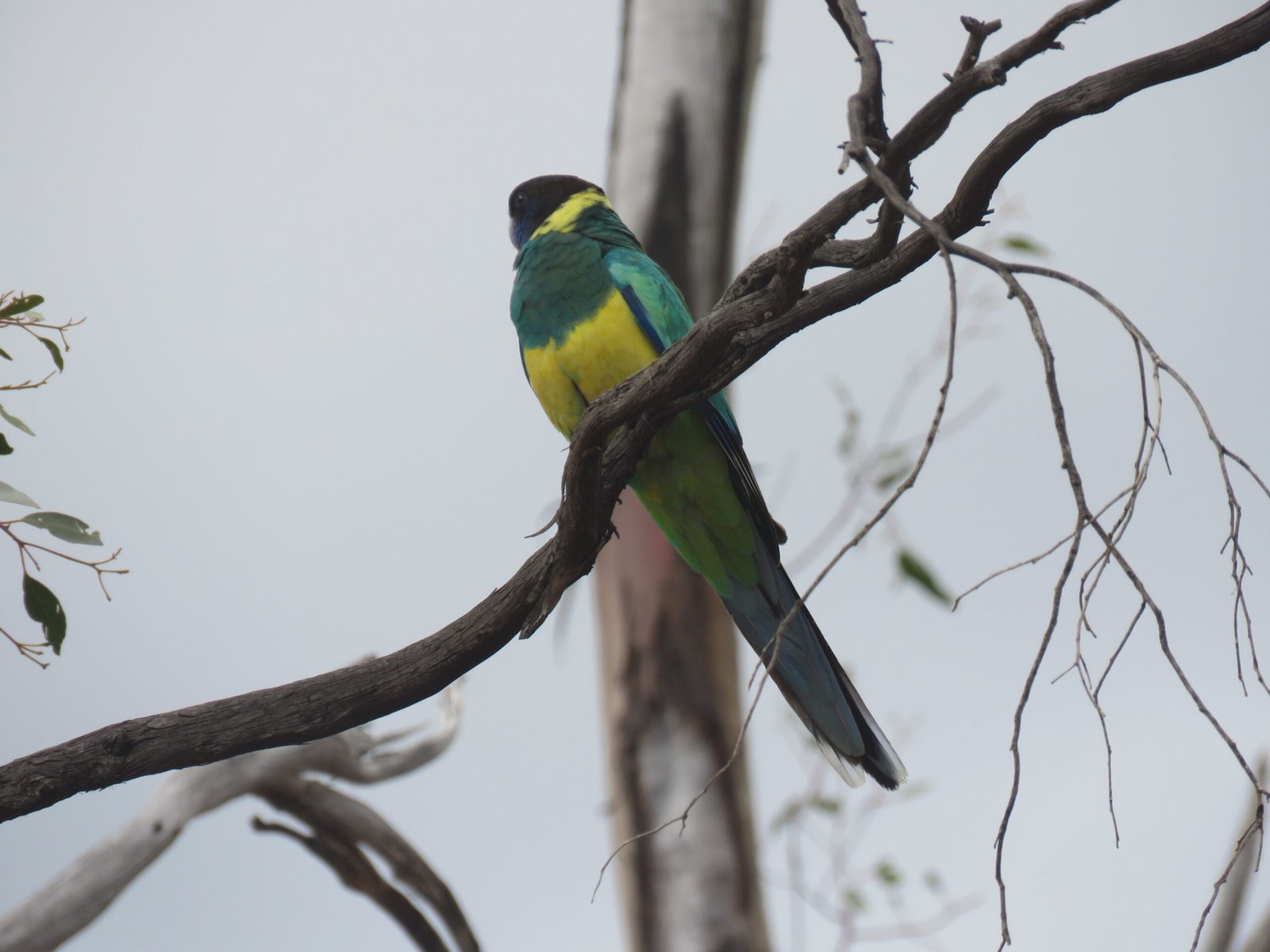
Parrots and people have a relationship stretching back centuries. In many cultures, parrots are symbols of wisdom, luck, or even the souls of ancestors. Local communities often depend on the forest for their own livelihoods, gathering fruits, nuts, or medicinal plants alongside the birds. However, poverty and lack of alternatives can drive people to participate in logging or the illegal pet trade. Conservation efforts that involve local people—providing education, alternative income, or stewardship roles—are proving to be the most successful. When people see the value in protecting parrots and their habitats, everyone benefits.
Conservation Success Stories: Hope in the Canopy
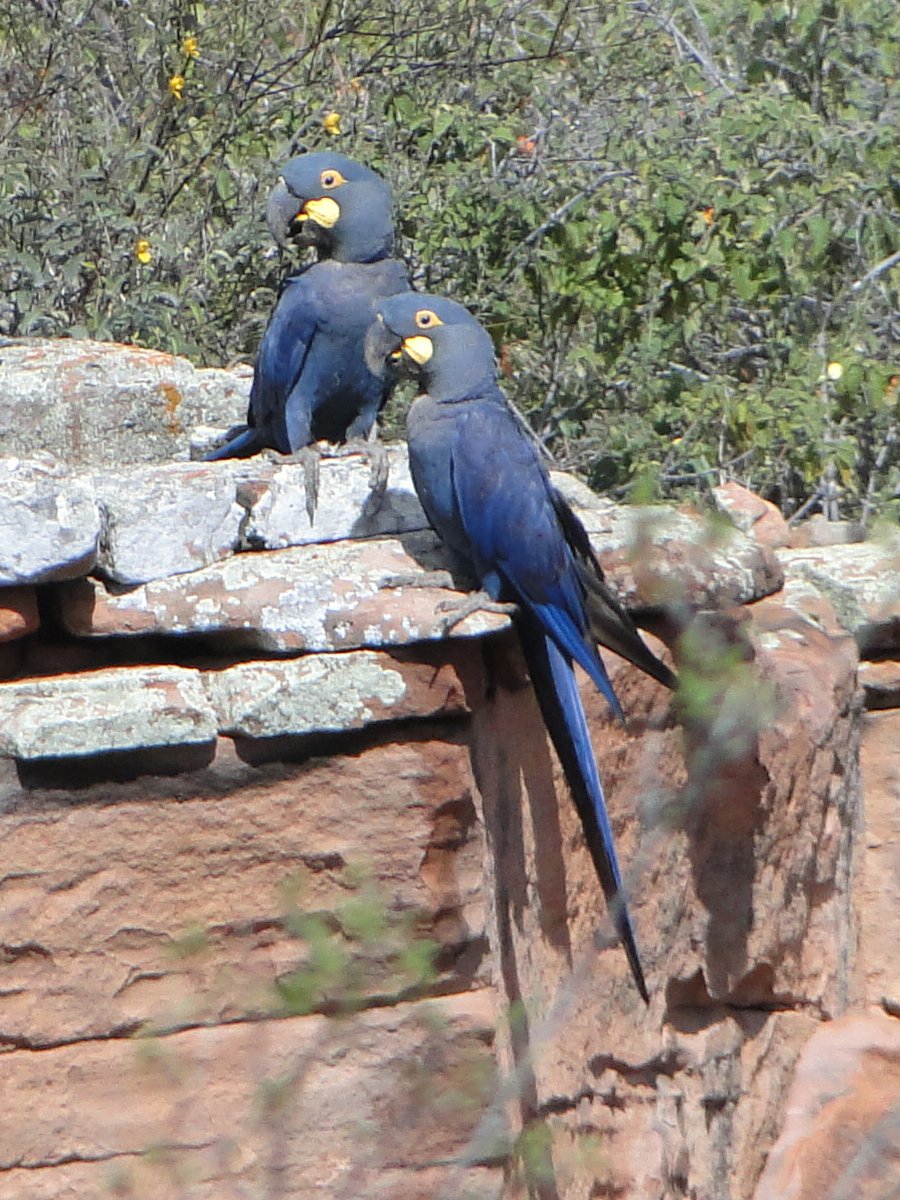
Despite the grim headlines, there are sparks of hope. Protected areas, community reserves, and ecotourism projects have helped stabilize or even increase some parrot populations. The Lear’s macaw in Brazil was saved from the brink thanks to a blend of law enforcement and local engagement. Conservationists built artificial nests, worked with ranchers to preserve key trees, and educated the public about the birds’ plight. Today, the Lear’s macaw is still rare, but sightings are becoming more common—a reminder that collective action can turn the tide.
Ecotourism: Parrots as Ambassadors
Parrots have an incredible ability to captivate and inspire. Ecotourism is harnessing this magic, bringing people from around the world to see wild parrots in their natural habitats. Birdwatchers will travel thousands of miles for a glimpse of a scarlet macaw or a wild cockatoo. This growing interest generates income for local communities and creates a powerful incentive to protect forests. While ecotourism must be managed carefully to avoid disturbing wildlife, it has proven to be a lifeline for both people and parrots in some regions.
Science and Technology in Parrot Conservation
Cutting-edge science is offering new hope for parrots and tropical forests. GPS tracking lets researchers follow parrots’ movements across vast landscapes, uncovering secrets about their migrations and habitat needs. Drones and satellite imagery help monitor deforestation in real time, allowing rapid response to illegal activities. Genetic research is uncovering the hidden relationships between different parrot populations, helping guide breeding and reintroduction programs. By combining ancient wisdom with modern tools, conservationists are fighting smarter than ever before.
Citizen Science: Everyone Can Help
You don’t have to be a scientist to make a difference for parrots. Citizen science projects invite everyday people to report sightings, monitor nests, or participate in habitat restoration. Apps and online platforms make it easy to contribute data from anywhere in the world. These efforts help fill gaps in scientific knowledge and build a global community of parrot supporters. When thousands of eyes are watching, it’s much harder for illegal activities to go unnoticed.
Restoring Forests: Planting Seeds for the Future
Reforestation is one of the most powerful tools we have to combat the crisis facing tropical forests. Planting native trees not only brings back habitat for parrots but also boosts biodiversity, stores carbon, and improves soil and water quality. Some organizations involve local schoolchildren in tree planting, turning conservation into a hands-on lesson about stewardship and hope. As new trees grow, parrots and countless other species find their way back—a small act with ripple effects that can last generations.
Parrots in Peril: The Threat of Invasive Species

Invasive species pose a hidden threat to many parrot populations. Predators like rats, cats, and snakes, often introduced by humans, can decimate eggs and chicks in nest cavities. In some regions, introduced plants outcompete native trees, altering the forest structure and food supply. For island parrots, these pressures can be especially severe, sometimes wiping out entire populations. Managing invasive species is a complex and ongoing battle, but it’s essential for giving parrots a fighting chance.
Education and Awareness: Changing Hearts and Minds
The more people know about parrots and their plight, the more likely they are to care. Education is a cornerstone of conservation, from school programs in parrot range countries to global campaigns on social media. Stories, photographs, and even cartoons can spark empathy and curiosity. When people realize that their choices—like buying a wild-caught pet or supporting sustainable products—can impact distant forests, they become part of the solution. Awareness turns concern into action.
Protecting Parrots: International Laws and Agreements
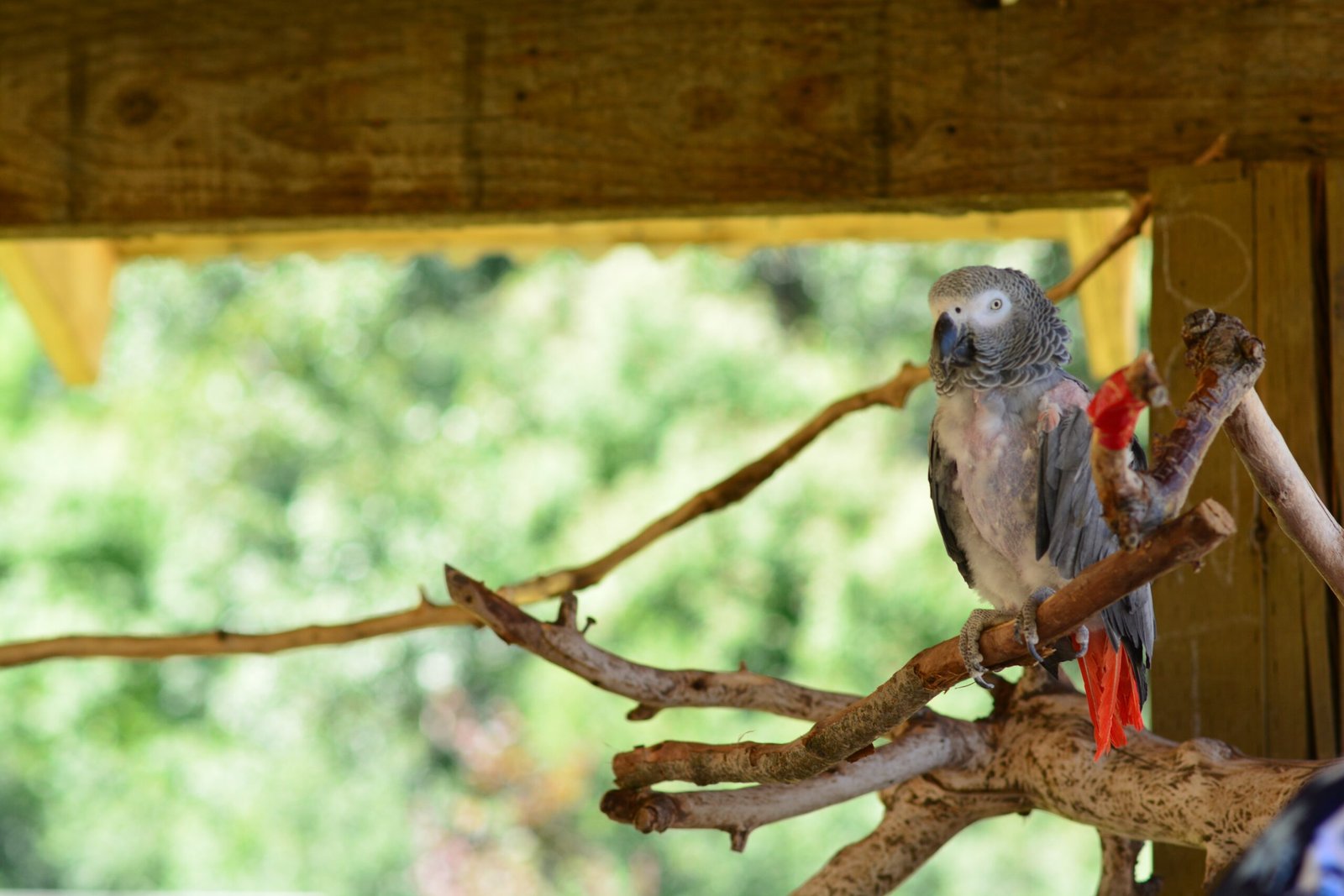
Global problems require global solutions. International agreements like CITES (the Convention on International Trade in Endangered Species) regulate the trade of parrots, aiming to prevent overexploitation. Many countries have their own laws to protect forests and wildlife, but enforcement can be patchy. Collaborations between governments, NGOs, and local communities are crucial for closing loopholes and sharing best practices. While laws alone can’t save parrots, they set an important framework for action.
Urban Parrots: Adapting to New Frontiers
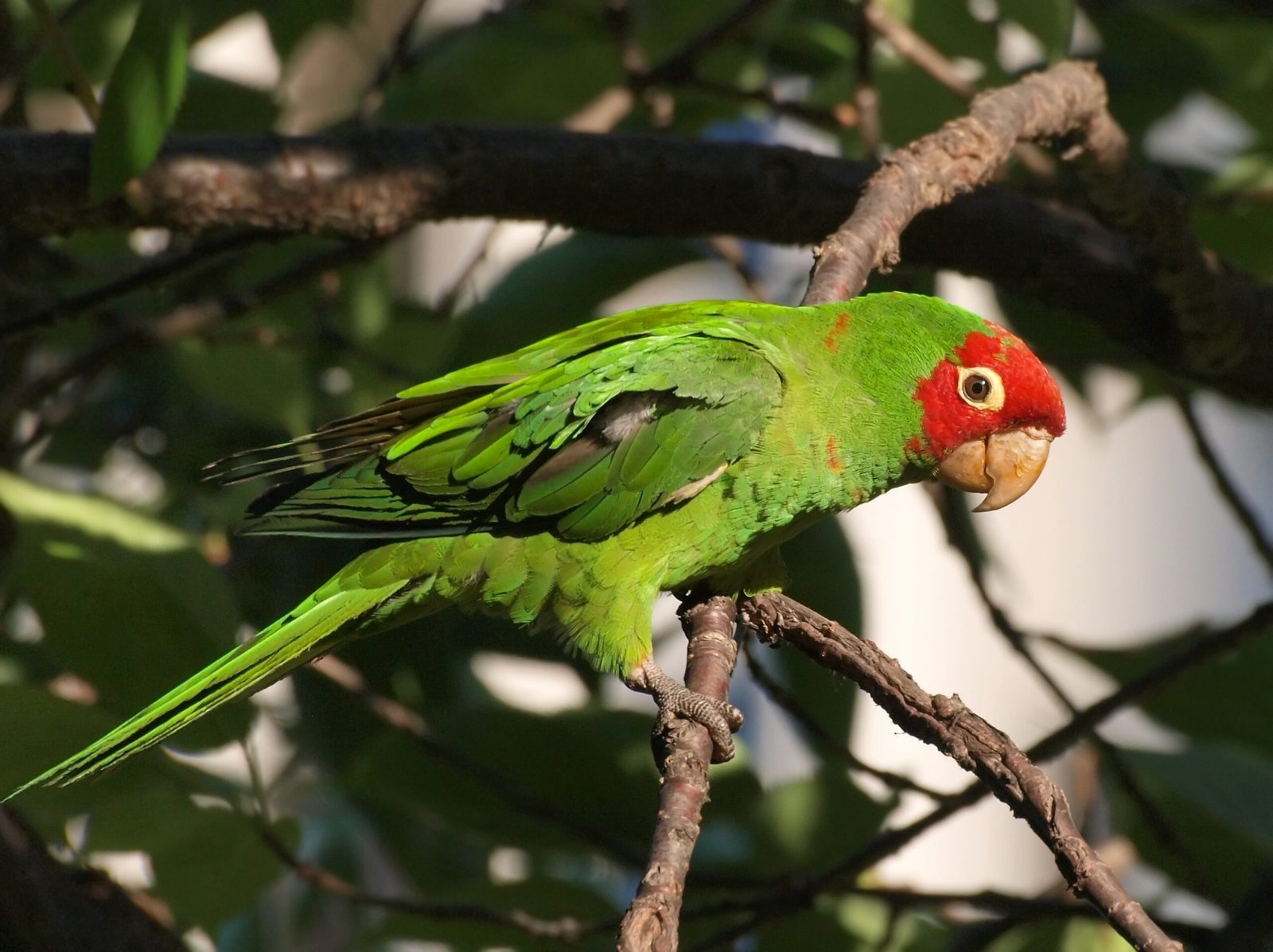
Not all parrots are confined to deep jungles. Some, like the monk parakeet, have learned to thrive in cities, building their raucous nests on telephone poles and park trees. Urban parrots face their own challenges—pollution, traffic, and competition with other city wildlife—but their adaptability is a testament to the resilience of the parrot family. Their presence in urban areas brings a splash of wildness to daily life and reminds us that nature can persist, even in unexpected places.
What the Future Holds for Parrots and Forests
The fate of parrots and tropical forests is hanging in the balance, shaped by choices being made today. While the challenges are formidable, the passion and creativity of people working for change offer real hope. Each parrot species saved, each forest protected, is a win not just for biodiversity but for the human spirit. The question that remains is simple: will we answer the call of the wild, or let these voices fade into silence?



